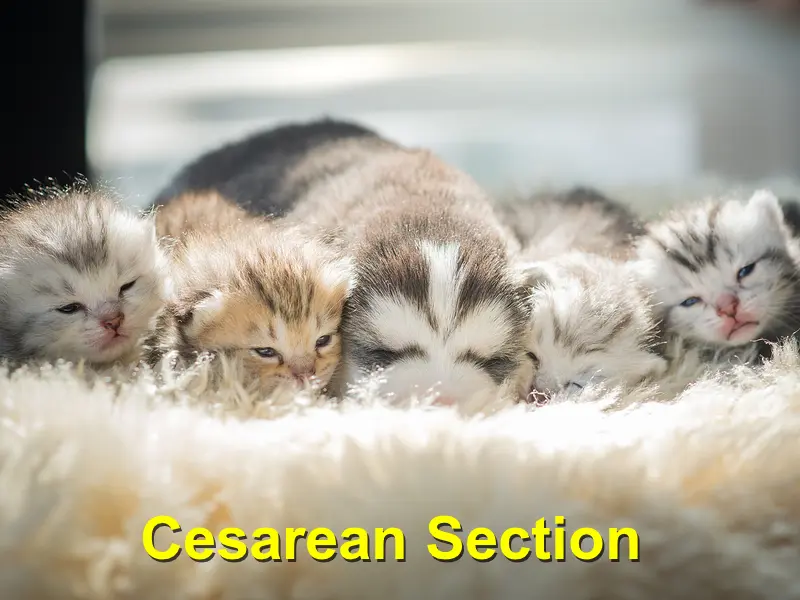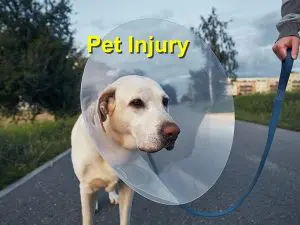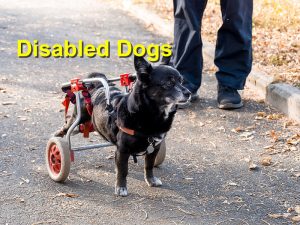Normally, a birth process goes smoothly for your pet, but complications can arise at any moment. Here’s all you need to know if faced with the option of a Cesarean Section.
Indications
Many signs might indicate the need for a c-section for your pet. The most common ones include passing a dark-green discharge with no sign of the puppies, the inability to push any longer during delivery, and long delays between the litters. A delay is approximately one hour regarding the interval expected from one puppy to the other but 30 minutes are enough to notice that your pet is straining.
Other indications that a c-section might be necessary include dead puppies, fetal or maternal distress, and the evidence of any complications as shown by radiographic or ultrasound tests. Preexisting conditions such as metabolic disease or any other infections might also prompt a c-section for your pet. Not to mention, an oversized, malformed, or tangled puppy might also require this procedure.
The Procedure
A pet c-section usually is forthright, but in case both the mother and the offspring are in danger; more emphasis is placed on retrieving the offspring as fast as possible to attend to their mother. We take good care of your pets and use great precision to ensure their safety. The first step involves cleaning the mother’s abdomen and shaving it carefully so that the surgical site can be revealed.
We then inject your pet with an anesthetic around the area to numb it while limiting excessive use of anesthesia. We also use an IV sedative (mild, to protect your pet and her offspring) to calm your pet. Our vet then makes the midline incision to expose the uterus, and each newborn is then extracted and placed in neonatal care.
The amniotic sac is removed in neonatal care as well as the removal of any fluids deposited in the litters’ lungs and the umbilical cord untied. It is also at this phase where breathing is stimulated for your pet’s offspring, which aids in welcoming them to the world. After all, offspring are carefully removed, we then suture your pet’s incision, which is the first step towards a full recovery.
Further Care
Your pet and her offspring will stay under neonatal care for a few more days especially as they get acquainted considering the mother never underwent the natural whelping process. However, our trained staff will help your pet and teach her all characteristic mothering skills. After a positive response, your pet will be free to live under the same roof with you and her new offspring.
Sources: AMCNY, Canterbury Vets, Animal Hospital Of Woodstock
Copyright: Braselton Er Vet





